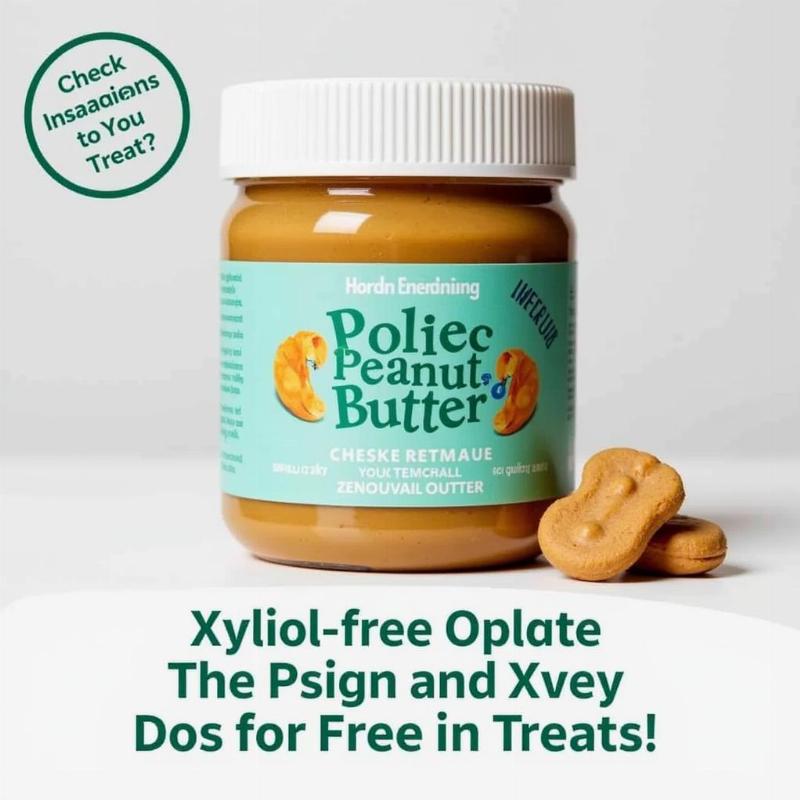If your dog just snagged a single M&M candy, you’re likely wondering if a trip to the vet is necessary. The good news is that one M&M is unlikely to cause serious harm to most dogs, especially larger breeds. However, understanding the potential risks and keeping a watchful eye on your furry friend is crucial. This article provides valuable information for dog owners in the US about the potential dangers of chocolate, specifically regarding what to do if your dog ate one M&M.
Chocolate contains theobromine, a compound that dogs metabolize much slower than humans. This slower processing can lead to a buildup of theobromine in their system, potentially causing toxicity. The darker the chocolate, the higher the theobromine concentration. Milk chocolate, like M&Ms, contains a relatively low amount of theobromine. However, factors like the dog’s size, pre-existing health conditions, and the type of M&M (e.g., peanut butter M&Ms containing xylitol) can influence the level of risk.
Understanding the Risks of Chocolate for Dogs
While one milk chocolate M&M might not be a significant threat to a healthy, larger dog, smaller breeds and those with underlying health issues could experience more pronounced effects. Symptoms of chocolate toxicity can range from mild gastrointestinal upset (vomiting, diarrhea) to more serious issues like tremors, seizures, and even cardiac problems in severe cases.
What to Do If Your Dog Ate One M&M
If your dog consumed a single milk chocolate M&M, monitor them closely for any unusual behavior. Look for signs of vomiting, diarrhea, restlessness, or increased thirst. If your dog exhibits any of these symptoms, or if you’re simply concerned, it’s always best to consult your veterinarian. They can advise you based on your dog’s specific breed, size, and health history.
Is the Type of M&M Important?
Yes, the type of M&M matters. While regular milk chocolate M&Ms pose a relatively low risk in small quantities, certain variations can be more dangerous. For example, peanut butter M&Ms can contain xylitol, an artificial sweetener highly toxic to dogs. Even small amounts of xylitol can cause liver failure and other severe health problems. If your dog ate a peanut butter M&M, contact your veterinarian immediately.
 Xylitol-Free Peanut Butter for Dogs
Xylitol-Free Peanut Butter for Dogs
Preventing Future Incidents
The best way to protect your dog from chocolate toxicity is to prevent access to chocolate altogether. Store chocolate and candy out of reach, and educate family members, especially children, about the dangers of chocolate for dogs.
When to Contact Your Veterinarian
Even if your dog seems fine after eating one M&M, contact your vet if:
- Your dog is a small breed.
- Your dog has pre-existing health conditions.
- You suspect the M&M contained xylitol.
- Your dog exhibits any unusual symptoms.
“Early intervention is key in treating chocolate toxicity,” says Dr. Emily Carter, DVM, a veterinary specialist in New York. “Don’t hesitate to reach out to your vet if you have any concerns.”
Conclusion
While a single milk chocolate M&M is unlikely to cause significant harm to most dogs, caution is always advised. Monitoring your dog for any unusual signs and contacting your veterinarian if needed is the best course of action. Remember, prevention is key! Keep chocolate and other potentially harmful substances safely out of your dog’s reach.
FAQ
- How much chocolate is toxic to dogs? The toxic dose of theobromine varies depending on the type of chocolate and the dog’s size. Darker chocolate is more dangerous than milk chocolate.
- What are the symptoms of chocolate poisoning in dogs? Symptoms can range from vomiting and diarrhea to tremors, seizures, and increased heart rate.
- What should I do if my dog eats dark chocolate? Contact your veterinarian immediately, even if your dog seems fine.
- Can dogs eat carob? Carob is a safe alternative to chocolate for dogs.
- Are all artificial sweeteners bad for dogs? No, but xylitol is highly toxic and should be avoided.
- How can I prevent my dog from eating chocolate? Store chocolate out of reach and educate family members about the dangers of chocolate for dogs.
- Is white chocolate toxic to dogs? White chocolate contains very little theobromine and is unlikely to cause toxicity in small amounts, but the high fat content can still cause problems like pancreatitis.
Beautdogs.us is your premier resource for all things dog-related in the US. We offer expert advice on dog breeds, care, and products, empowering you to provide the best possible life for your canine companion. Whether you’re a seasoned dog owner or just starting your journey, Beautdogs.us is here to support you every step of the way. Contact us today for personalized guidance and access to a wealth of valuable resources! Email: [email protected], Phone: +1 501-555-7529.